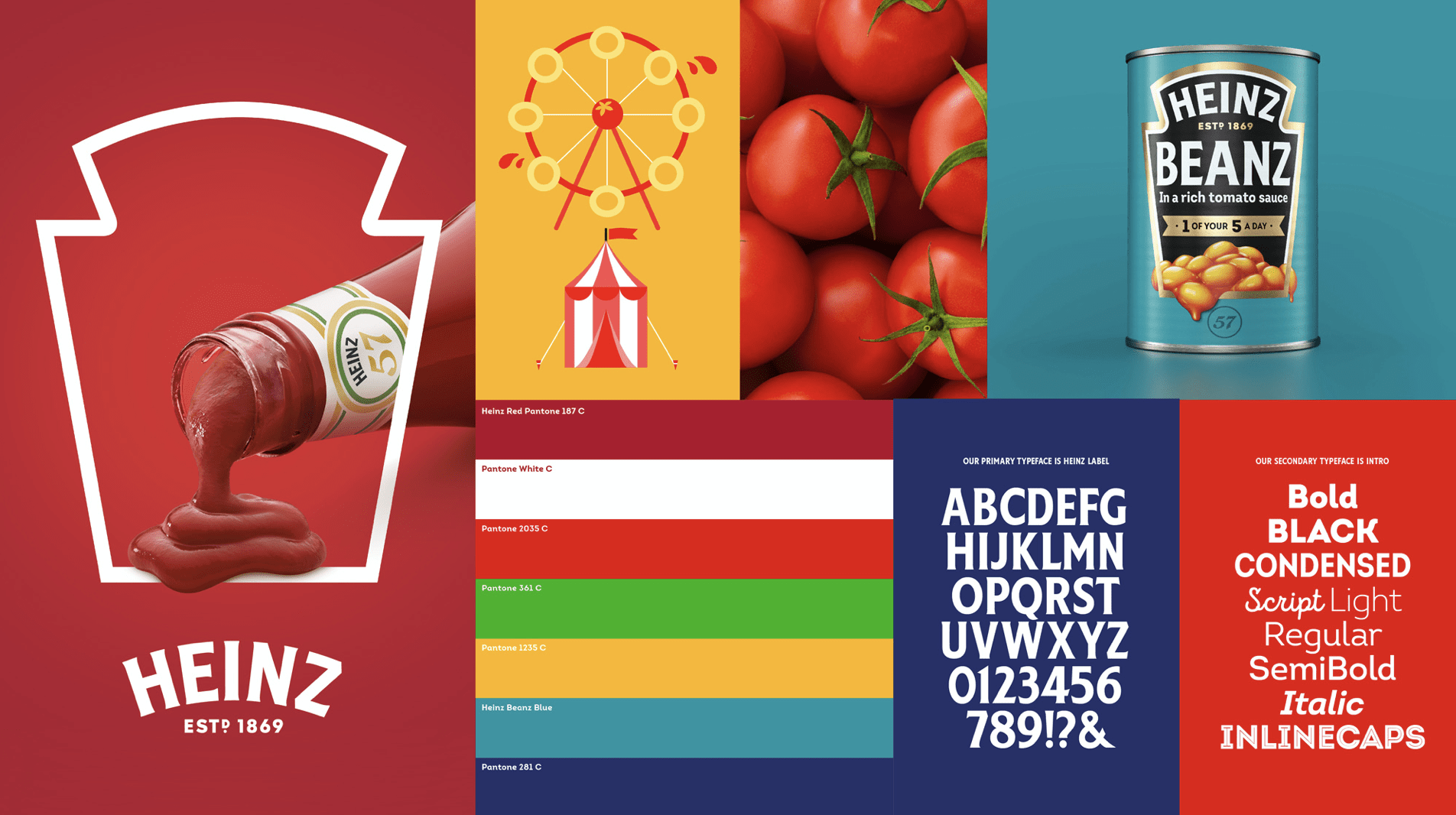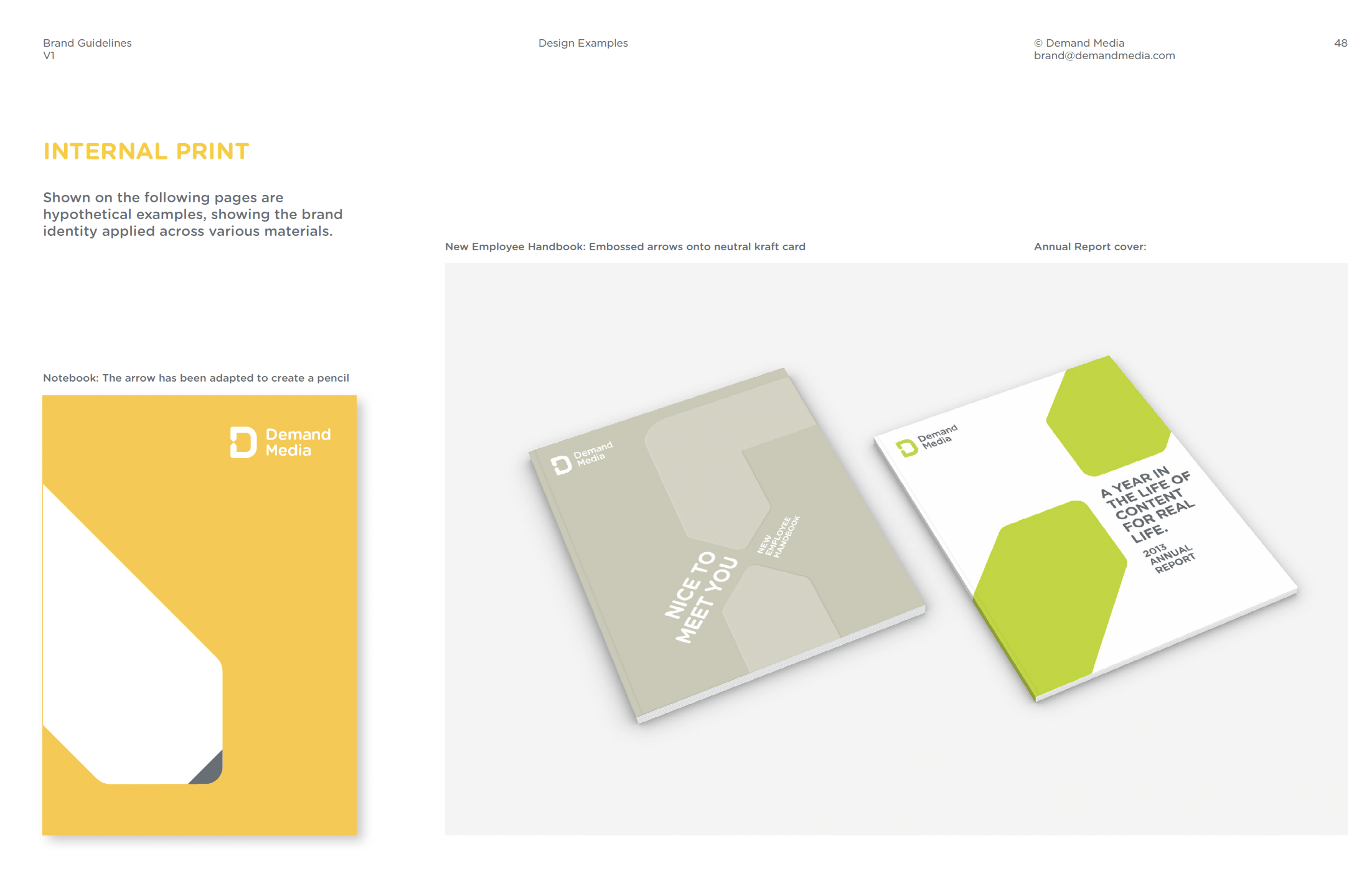As any business knows, each product has a distinctive look and feel—one that is often a signature look that is protected as the brand’s trade image. When running a business, there is the risk that your product’s look might be copied or infringed on, which is where trade dress comes in.
If you’re wondering what trade dress is, it’s a legal term that falls under the umbrella of trademark protection. Trade dress is important when it comes to protecting your brand’s design, and understanding it can help you better guard your business from infringement.



What is a trade dress?
If you’re unfamiliar with legal terms when it comes to brand protection, you might be wondering what the term trade dress means. Trade dress is a trademark law that protects the look and feel of a product and distinguishes it from other similar products. This can include but is not limited to, identifying features such as shape, color, and design of a product or a product’s packaging.
Generally, trade dress can be determined by its inherently distinctive look. If consumers associate the unique aspect of your brand without even seeing the product or label then it is protected legally by trademark law. In this case, no other company could use a trade dress that is so similar that it might lead to consumer confusion.
Trade dress is protected under copyright law, which means your product’s distinctive features can protect your brand. Trade dress is generally protected through common law rights, but like with any other trademark products, it can be registered for legal protection in federal court should your product be infringed on. Such as with other trademark products, registration occurs through the U.S. Patent and Trademark Office (USPTO).
What does trade dress protect?
While a trademark exists to protect a product’s identifying name, phrase, or image, trade dress focuses on the aesthetic elements. Heinz’s squeeze bottle, Coca-Cola’s glass bottle, and Adidas’s stripes are several examples of what trade dress is. But it can also be the way the design elements come together to identify the brand, like Tiffany’s ownable blue color. The umbrella of identifying features which trade dress falls under can range from packaging, color, shape, design, and even how your product is displayed.
Trade dress will have copyright protection if consumers automatically associate the design with their brand. When assessing if something falls under trade dress protection, it is usually asked:
- Is the product designed or shaped in a commonly used manner?
- Is the product particularly distinctive in its field?
- Is it simply a refinement of a common form of ornamentation for a certain class of products?
- Is it capable of creating a commercial impression by itself?
Your brand’s unique, distinct look is how trade dress can protect your brand.







What’s the difference between a trade dress and trademark?
When it comes to trademark vs trade dress, it can be rather confusing on how to distinguish them. Trade dress is considered a type of trademark, but trademark and trade dress protect different things. Simply put, a trademark legally protects the identifying feature that shows the manufacturer of a brand or product; trade dress legally protects the design or the way a product is “dressed” when going to the market.
When it comes to trademark vs trade dress, a trademarked brand or product will protect things such as logos, phrases, symbols, words, names, or phrases, while a trade dress will protect things such as packaging, shape, design, color, or decor. Trade dress can even include specific themes businesses utilize to decorate and distinguish their brand. The Lanham Act—a federal trademark law—has defined trade dress as “almost anything at all that is capable of carrying meaning.”
If you haven’t yet registered your trademark, it’s advised to run a search to ensure another entity is not using your name or design. This will help protect you from any potential legal trouble, even if you weren’t aware of the trademarked product. Once you’ve ensured there is no other business utilizing your product or name, you are free to move forward with it.






How to register for trade dress protection?
If you’ve decided you’d like to register for trade dress protection to legally prevent other companies from using a similar design, this can be done through the USPTO website. From there, you’ll be prompted to provide a description, proof of functionality, and demonstrate distinctiveness. Generally, a decision will be made within eight weeks, and you’ll then receive a registration certificate if approved.
When a company is registering for trade dress protection, it’s important to mention if the design looks similar to a competitor, file under the company or business owner’s name, and detail the product’s elements of ornamental design. With a valid trade dress registration, this gives the company the ability to carry out legal action in the case of infringement.
The trademark office advises companies to register for trade dress protection as soon as possible to prevent infringement. However, not all companies opt to register for trade dress protection. This can often come down to issues such as the likeliness of confusion between one brand and another. Additionally, if you’re a newer company, registering will cost an average of $673, and it can be easier at first to rely on trade dress automatically being protected by trademark law.
Why protect my trade dress?
Knowing that your trade dress is protected legally under trademark law might make companies hesitant to register for trade dress. While there is legal protection in place to prevent trade dress infringement, registering to protect your trade dress allows you to carry out legal action, and is crucial to protecting your brand. If another brand is copying your trade dress, this can harm your brand by causing confusion to consumers, and therefore, losing out on sales.
When you’re spending money to come up with a unique design to distinguish your brand, it can be frustrating to see a competitor copying your design and making money off of your trade dress. Protecting your trade dress ensures that your brand will be protected against infringers and competitors. It can also offer a sense of security, and gives your business one less thing to worry about.
From restaurant owners to computer product designers, there are a variety of businesses that can benefit from trade dress protection. Sometimes, protecting your trade dress can be as simple as wanting to make their business easily identifiable through design or any other visual elements. Trade dress protection helps ensure you’re the only company with your unique elements.
What’s next
Understanding what trade dress is and how to implement trade dress protection is crucial to guarding your business and bringing in more customers. Being protected against trade dress infringement can help ensure you’re not losing revenue to competitors who are taking advantage of your unprotected trade dress design.
If you’re looking for brand elevation, I’m here for you.
___________
To get to know me better and find out what I do, you can:
👉 Send me a direct message to discuss your brand development.
👉 Check out the work I do @agency bel
Laura
___________
